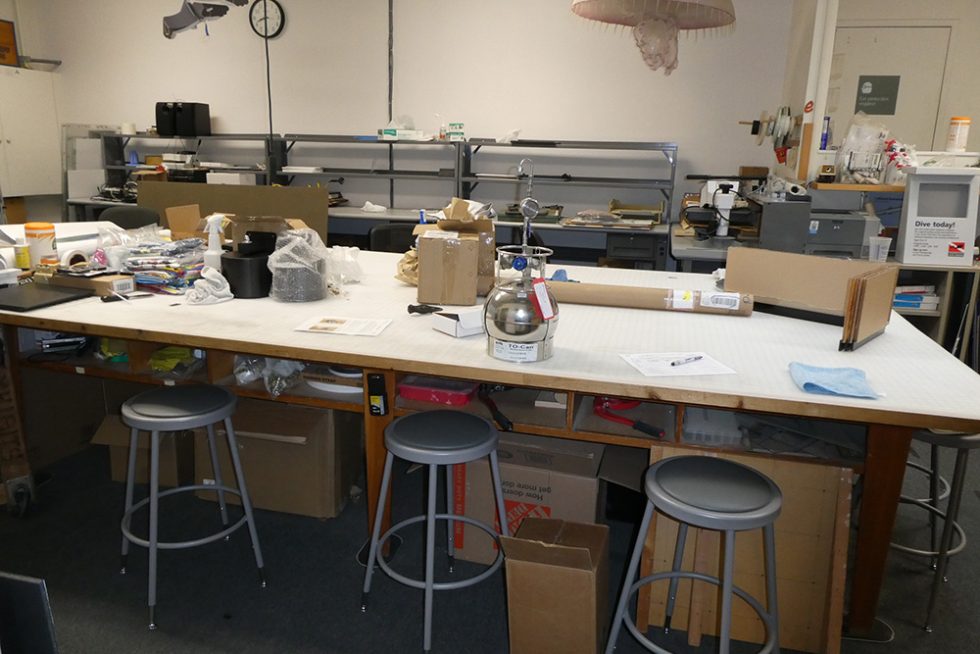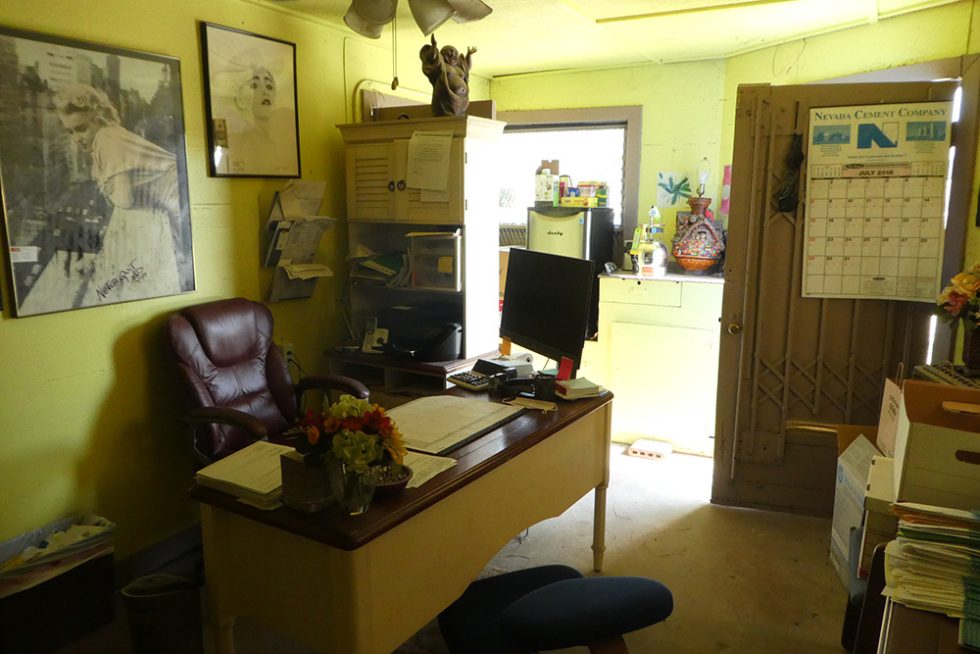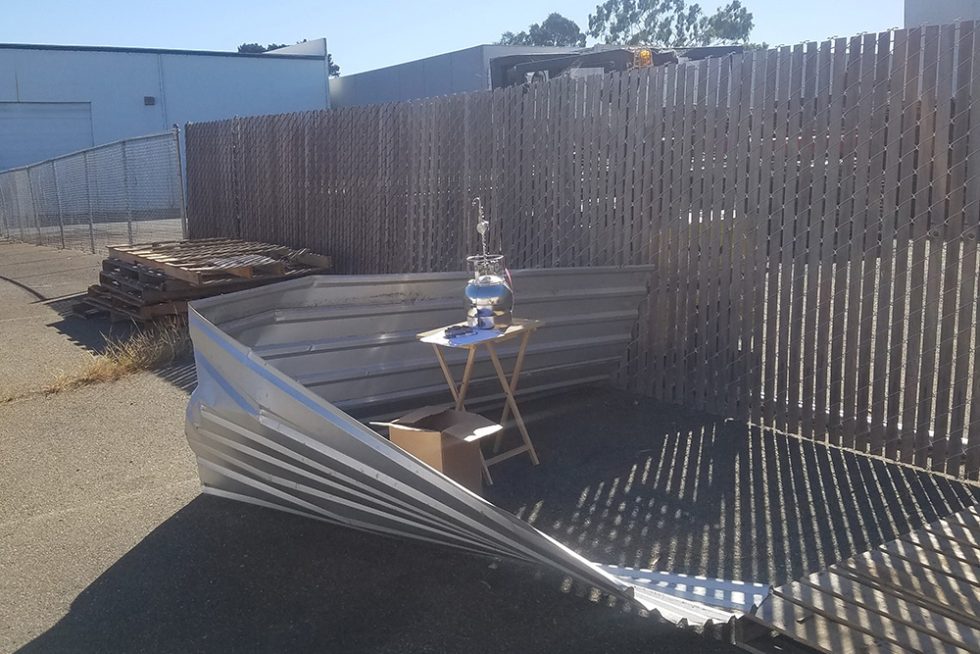Indoor Air Assessment
Indoor Air Assessment
Indoor air quality has a significant impact on the health and well-being of individuals. Indoor air assessments play an important role in evaluating the quality of indoor air, identifying potential pollutants, and implementing measures to mitigate their adverse effects. By identifying and addressing indoor air quality issues, indoor air assessments contribute to creating safer, healthier indoor environments.
What are some common types of Indoor Air Assessments?
An indoor air assessment involves an evaluation of the indoor air quality within a specific building or enclosed space. It aims to identify and quantify various pollutants that may contribute to poor air quality. The assessment also considers factors like temperature, humidity, ventilation, and occupant activities that can influence indoor air quality. Some of the common types of indoor air assessments include:
-
- Chemical pollutant assessment: This assessment focuses on identifying and measuring the presence of various chemical pollutants, such as volatile organic compounds (VOCs), formaldehyde, benzene, and other harmful gases. It evaluates the concentration levels of these pollutants and compares them to established guidelines and standards.
- Biological contaminant assessment: This assessment aims to identify and evaluate the presence of biological contaminants, including mold, bacteria, viruses, and allergens. It may involve air sampling and analysis to detect the types and concentrations of these contaminants, as well as inspections to identify sources of moisture and potential mold growth.
- Particulate matter assessment: This assessment focuses on measuring the levels of fine particles suspended in the air, such as dust, pollen, pet dander, and combustion byproducts. It evaluates the particle size distribution and concentration to assess the potential health risks associated with inhalation.
- Ventilation assessment: This assessment examines the effectiveness of the ventilation system in a building. It evaluates the air exchange rates, distribution of fresh air, and overall ventilation efficiency. It may involve measurements of carbon dioxide (CO2) levels as an indicator of indoor air quality and ventilation adequacy.
- Radon testing: Radon assessments aim to measure the concentration of radon gas in indoor air. This radioactive gas can seep into buildings from the soil and rocks and is a leading cause of lung cancer. Testing typically involves placing detectors in different areas of the building to assess the radon levels over a specific period.
Each type of indoor air assessment provides specific information about the quality of the indoor environment and helps identify potential issues or sources of concern. A comprehensive assessment may involve a combination of these evaluations to gain a more thorough understanding of the indoor air quality in a particular setting.
How do you assess indoor air?
The process of conducting an environmental indoor air assessment includes the following steps:
-
- Initial Inspection: An environmental consultant or expert visits the premises to assess the indoor environment, identify potential pollution sources, and understand the specific concerns or symptoms reported by occupants.
- Sampling and Monitoring: The consultant strategically selects sampling locations and uses specialized equipment to collect air samples over a specified period. These samples are then analyzed in a laboratory to measure the concentration of various pollutants.
- Analysis and Interpretation: The collected data is analyzed to determine the levels of pollutants present and compare them with established air quality guidelines or standards. This step helps in assessing the potential health risks associated with the identified pollutants.
- Reporting and Recommendations: The findings of the assessment are compiled into a comprehensive report that highlights the pollutants found, their concentrations, and any associated health risks. The report also provides recommendations for improving indoor air quality, which may include measures like improving ventilation, reducing pollutant sources, or implementing air filtration systems.
- Mitigation and Follow-up: Based on the recommendations in the report, appropriate measures are taken to mitigate the identified pollutants and improve indoor air quality. Regular monitoring and follow-up assessments may be conducted to ensure the effectiveness of the implemented measures and to address any ongoing concerns.
Who would benefit from an Indoor Air Assessment?
Indoor air assessments serve as valuable tools in upholding a healthy indoor environment and safeguarding the well-being of individuals, whether they are at home, in offices, schools, or other buildings. Sites with known or suspected subsurface media impact (e.g., soil, vapor, groundwater) from contamination on or offsite may benefit from the evaluation of indoor air quality to evaluate potential vapor intrusion concerns. Indoor air assessments are particularly relevant in environments where vulnerable populations, such as children, the elderly, or individuals with respiratory conditions, spend a significant amount of time. Additionally, anyone who suspects or experiences symptoms related to poor indoor air quality, such as respiratory issues, allergies, or persistent odors, may benefit from an indoor air quality assessment to identify the potential causes and take appropriate measures to improve the indoor environment.





